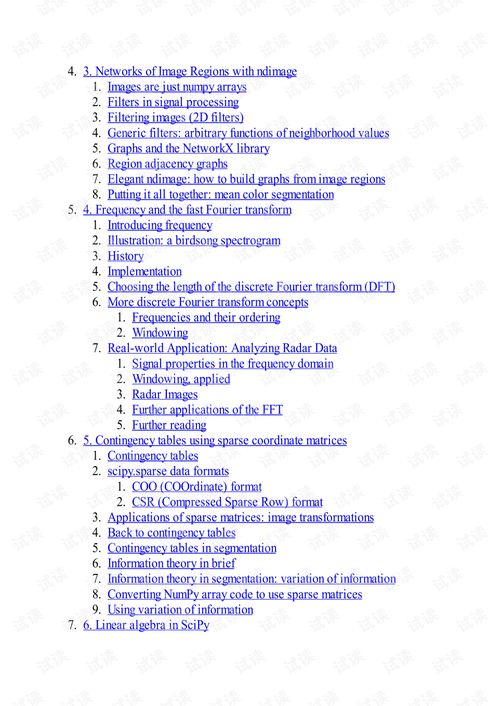Introduction:
The world of fishing is both a serene pastime and a challenging sport, requiring patience, skill, and a keen sense of observation. One of the most crucial aspects of fishing is being able to discern when you've successfully hooked a fish. This article delves into the art of angling, offering insights and techniques to help you identify when you've made that crucial connection with a potential catch.
Understanding the Basics:
Before we delve into the specifics of detecting a bite, it's important to understand the basics of fishing. When you cast your line into the water, the bait or lure is designed to mimic the movement of natural prey, attracting fish. If a fish takes the bait, it's hooked, and the challenge begins.
Signs of a Bite:
Line Movement:
The most common sign of a bite is a sudden movement in your line. This can be a quick pull, a slow twitch, or a series of twitches. Pay attention to these subtle changes, as they can indicate that a fish has taken the bait.
Bobber or Bait Movement:
If you're using a bobber or a float, watch for any sudden movements or dips in the bait. A fish may take the bait without pulling the line, causing the bobber to move.
Tension in the Line:
When a fish takes the bait, it will pull against the line, creating tension. This tension can feel like a gentle tug or a more forceful pull. If you feel a change in the resistance of the line, it's likely that you've hooked a fish.
Sound:
Sometimes, the sound of a fish taking the bait can be heard. It may sound like a rustling or a popping noise. This is often a clear sign that you've hooked a fish.
Vibration:
The rod may vibrate when a fish takes the bait. This vibration is often subtle but can be felt through the tip of the rod. It's a good indicator that something is happening at the end of your line.
Techniques for Detecting a Bite:
Feel the Line:
The most effective way to detect a bite is by feeling the line. Pay close attention to the tension and movement. Practice feeling the line with your fingers, as this will help you become more sensitive to the subtle signs of a bite.

Use Sensitive Tackle:
Using a sensitive rod and line can greatly enhance your ability to detect a bite. Lighter tackle is more responsive to the movements of a fish, making it easier to identify when a bite has occurred.
Keep the Bait Moving:
Keeping your bait in motion can increase the chances of attracting a fish. However, be mindful not to move it too rapidly, as this can spook the fish.
Maintain Patience:
Patience is key in fishing. Don't get discouraged if you don't feel a bite right away. Sometimes, the fish will take the bait without pulling the line, and it's important to be patient and wait for the signs.
Practice, Practice, Practice:
Like any skill, detecting a bite takes practice. Spend time on the water, experimenting with different techniques and observing how the fish react to your bait.
Conclusion:
Mastering the art of detecting a bite is an essential skill for any angler. By understanding the signs of a bite, using the right tackle, and practicing your technique, you'll be well on your way to becoming a more successful fisherman. Remember, fishing is not just about catching fish, but also about the experience and the satisfaction of connecting with nature. So, get out there, cast your line, and enjoy the thrill of the hunt. Happy fishing!












